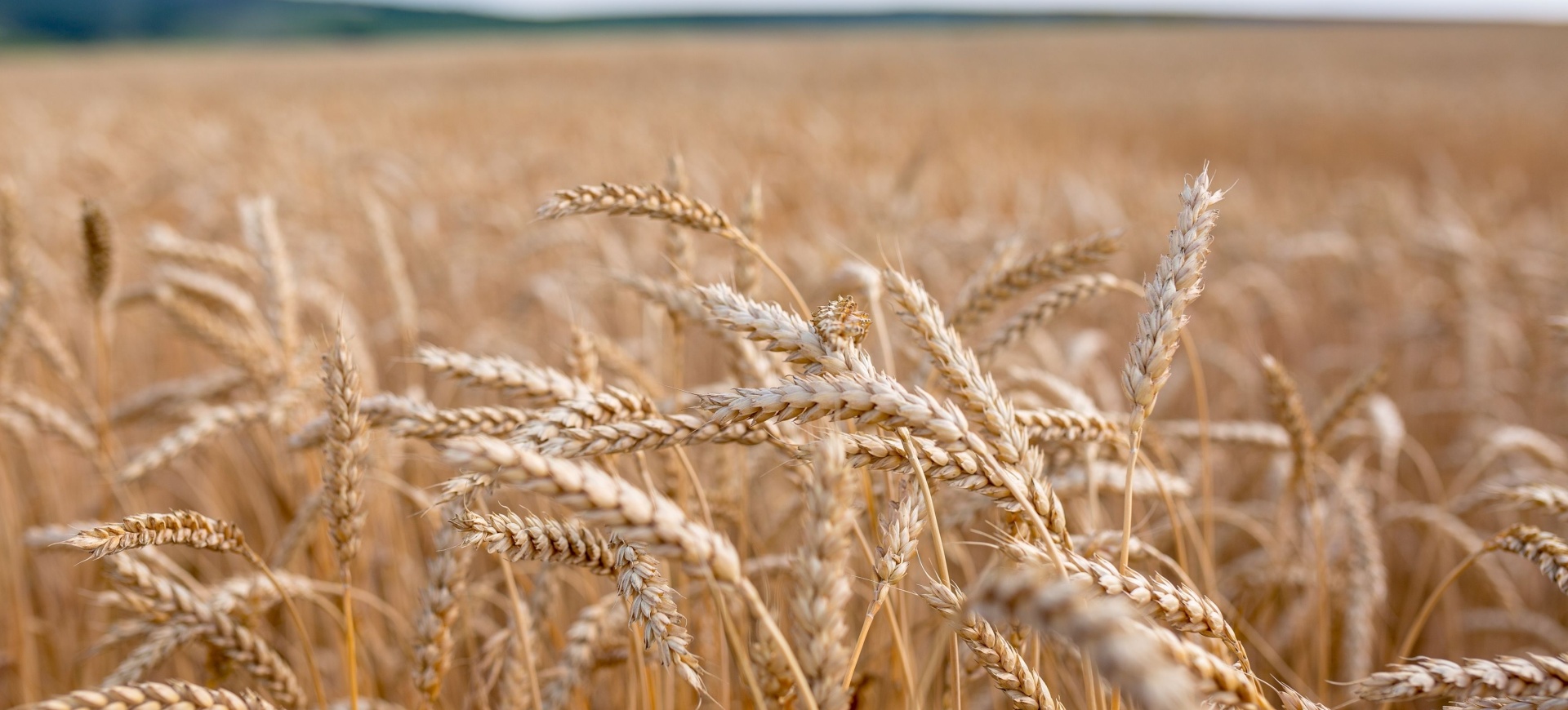Agriculture and Food Security: Balancing Needs in a Changing Climate
It seems that the relationship between agriculture, water, and food security has never been more critical. In arid and semi-arid regions, for example, water consumption by agriculture often accounts for 70–90% of available supplies, placing immense strain on already fragile ecosystems.
At the same time, rising demand for food, water, and energy is exacerbating these pressures.
Compounded by the challenges of a warming climate, farmers are increasingly tasked with balancing resource use while maintaining productivity and contributing to a sustainable global food system.
The Water-Agriculture Nexus
Agriculture’s reliance on water is one of the primary factors shaping global water security.
Irrigated agriculture plays a crucial role in global food production, accounting for approximately 20% of cultivated land yet contributing about 40% of the world’s food supply.
However, inefficient irrigation practices, combined with the cultivation of water-intensive crops, have led to significant water depletion in regions such as North Africa, the Middle East, and parts of South Asia.
In these areas, agriculture consumes a substantial portion of available water resources—up to 90% in some cases—exacerbating water scarcity.
Continued reliance on traditional, less efficient irrigation methods, along with increasing demand for crops that require large amounts of water, intensifies the strain on limited water supplies.
Addressing these challenges necessitates adoption of more efficient irrigation technologies and practices, as well as a shift towards cultivating crops better suited to arid environments. Implementing such measures is essential to ensure sustainable water use and maintain agricultural productivity in these vulnerable regions.
This challenge, of course, is magnified by climate change. Rising temperatures accelerate evaporation rates, reduce soil moisture, and alter precipitation patterns, making water management a critical priority for farmers. To address this, innovative irrigation methods such as drip irrigation, vertical farming and precision agriculture have emerged. These techniques minimize water waste by delivering water directly to plant roots, optimizing usage while maintaining crop yields.
Adapting to Climate Change
Farmers in arid areas must contend with unpredictable weather, increased frequency of droughts, and heatwaves.
But there is hope. Climate-smart agriculture offers a set of strategies to enhance resilience. These include introducing more drought-resistant crops, better soil management and agroforestry.
Advances in agricultural biotechnology have produced drought-resistant crops that require less water and are more resistant to extreme weather. For example, certain varieties of maize and wheat now thrive under water-scarce conditions.
In terms of soil management, practices such as mulching, cover cropping and conservation tillage help retain soil moisture and protect against erosion, ensuring better water retention and nutrient availability.
Agroforestry is a more sustainable land-use system that integrates trees and shrubs with crops or livestock on the same piece of land, creating a synergistic ecosystem. It helps combat climate change by sequestering carbon, improving soil health, conserving water and enhancing biodiversity, while also providing resilience against extreme weather events.
In arid and semi-arid regions of Kenya, farmers are now practicing agroforestry by integrating drought-resistant trees like acacias with crops such as millet and sorghum. These trees improve soil fertility through nitrogen fixation and provide shade, which reduces water loss and boosts crop yields.
The Indian state of Andhra Pradesh has also embraced agroforestry with practices such as planting mango and teak trees alongside agricultural crops. This approach enhances farmer incomes by diversifying yields, sequesters carbon, and mitigates the effects of soil erosion.
In the Brazilian Amazon, agroforestry systems like the cultivation of cacao under native forest trees are widely adopted. This practice preserves biodiversity, improves soil quality, and provides farmers with sustainable income while reducing deforestation pressures.
The Link Between Food Systems and Emissions
We know the global food system is a significant contributor to greenhouse gas emissions, accounting for approximately 31% of total emissions, driven largely by land use change, deforestation, and livestock farming. Animal agriculture is particularly emission-intensive, requiring more water, land, and energy than plant-based alternatives.
Cattle alone contribute nearly an undoubtedly large, but much mooted percentage of global greenhouse gas emissions, via enteric fermentation, manure, feed production and transport, land use change, energy usage — in farm inputs and feed, and for ventilation, cooling, and other activities, and in processing the animals.
Today, farmers in arid areas face a dual challenge: mitigating the contribution to emissions while adapting to the realities of climate change. Innovative solutions, such as integrating renewable energy sources into agricultural operations and adopting circular practices, can help address both.
Strategies for Sustainable Food Production
Sustainable food production requires a multi-pronged approach that addresses environmental challenges while maintaining productivity and resilience. Among the most impactful strategies are regenerative agriculture, decentralized renewable energy systems, and food waste reduction—each offering significant benefits for both ecosystems and economies.
Regenerative Agriculture
Regenerative agriculture emphasizes restoring soil health, boosting biodiversity and capturing carbon in the soil to mitigate climate change. This holistic approach relies on techniques like crop rotation, agroforestry, cover cropping and reduced chemical use, which enhance the resilience of ecosystems while minimising greenhouse gas emissions. For example, crop rotation interrupts pest cycles, reduces the need for synthetic pesticides, and improves soil fertility. Cover crops, such as clover or rye, protect soil from erosion, improve water retention and sequester carbon.
Agroforestry offers a dual benefit by stabilising the soil and providing additional income sources through fruit, timber, or other tree products. Regenerative practices are particularly effective in addressing degraded land and making it productive again, ensuring food security for growing populations.
Decentralised Renewable Energy Systems
Energy is critical to modern agriculture, especially for irrigation, processing, and storage. But continuing reliance on fossil-fuel-powered systems contributes to greenhouse gas emissions and is often costly for farmers. Decentralized renewable energy solutions, such as solar-powered irrigation systems, provide a sustainable and affordable alternative. These systems harness solar energy to pump water, reducing dependence on diesel or electric pumps and cutting carbon emissions significantly.
Decentralized grids allow farmers to access reliable energy in remote areas, enhancing productivity while reducing costs. These renewable energy systems are particularly beneficial in regions with limited infrastructure, enabling sustainable agricultural practices that would otherwise be difficult to implement.
Reducing Food Waste
Food waste represents one of the most significant inefficiencies in the global food system. Nearly one-third of all food produced globally—approximately 1.3 billion tonnes—is wasted annually, contributing to 8-10% of global greenhouse gas emissions, and costing $1 trillion a year. Addressing food waste is clearly essential for sustainable food production.
Strategies to minimise food waste include improving post-harvest storage through technologies such as hermetically sealed bags, which reduce spoilage, and cold storage units powered by renewable energy. Enhancing transport infrastructure ensures food reaches markets faster and in better condition, reducing losses during transit. Additionally, digital platforms can connect farmers directly with markets, minimising surplus production and ensuring fairer prices.
Implementing strategies such as regenerative agriculture, decentralized renewable energy, and waste reduction creates a strong foundation for a sustainable food system.
These approaches address environmental challenges, improve livelihoods, strengthen resilience to climate change and enhance food security.
Global Collaboration and Policy Support
Addressing these challenges demands collaborative global efforts at public and private level.
Policymakers can play a pivotal role by creating enabling environments for sustainable agricultural practices. Financial incentives for adopting water-saving technologies, investment in research and development, and access to climate-resilient seeds, to name a few examples, are essential components.
International frameworks like the United Nations’ Sustainable Development Goals (SDGs) provide a roadmap for integrating water, energy, and food systems into national development plans.
Partnerships between governments, NGOs, and private sector entities can accelerate the implementation of these solutions.
Balancing the needs of agriculture, water, and food security in arid regions demands a multifaceted approach. By adopting innovative technologies, enhancing climate resilience, and addressing food systems’ environmental impact, farmers can navigate the complex challenges of a changing climate.
However, achieving sustainable food production at scale will require sustained global collaboration and investment. By prioritizing water management and sustainable agriculture in policymaking and international summits, we can ensure that both humanity and the planet thrive in the decades to come.












